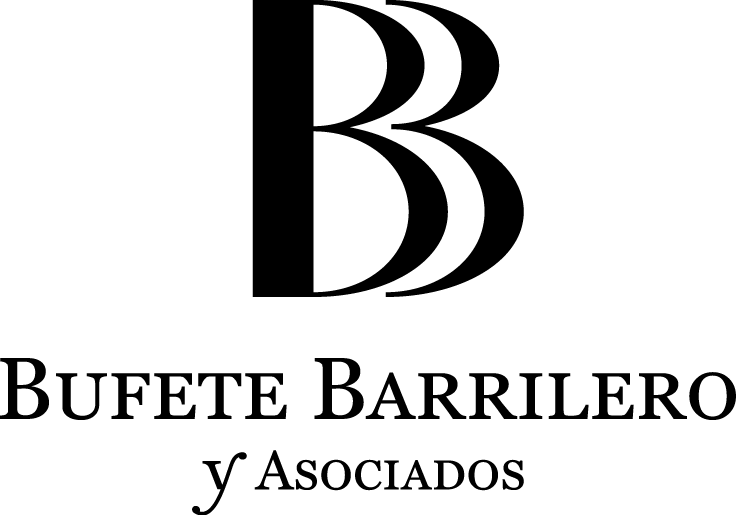Ane Moreno
LABOR AND SOCIAL SECURITY LAW
In recent times, companies have seen an increase in the number of paid leave requests submitted by workers. This trend has become particularly significant since the entry into force of Royal Decree-Law 5/2023, of June 28, which introduced important legal changes in the labor field—especially regarding work-life balance measures for parents and caregivers.
As a direct result, companies now face a wide range of leave requests. While the Workers’ Statute includes various types of paid leave, one of the most commonly requested in practice relates to accidents, serious illness, hospitalization, or surgical intervention without hospitalization requiring home rest of a spouse, relatives up to the second degree of kinship or affinity, or co-habitants.
This type of leave has not remained untouched and has been subject to interpretation by judicial doctrine, especially following the enactment of the above-mentioned Royal Decree-Law. Thus, this article aims to analyze key jurisprudential considerations to avoid misinterpretation, prevent unintended acquired rights, and ensure workers can effectively exercise their right to paid leave.
Below are some key considerations regarding this leave:
Article 37.3.b) of the Workers’ Statute (ET):
Workers are entitled to five days of paid leave in the situations mentioned, provided that the cause involves certain relatives or cohabitants. Specifically, it includes grandparents or parents of the worker or their spouse; children or grandchildren of the worker or their spouse; as well as siblings of the worker or their spouse.
It is important to note that this does not apply when the cause involves aunts, uncles, or nieces/nephews of the worker.
Leave Taken on Working Days (Not Calendar Days):
According to the Supreme Court ruling of October 3, 2023 (No. 695/2023) and the National Court ruling of January 25, 2024 (No. 9/2024), this leave must be taken on working days, not calendar days.
Therefore, if the triggering event occurs on a non-working day, the leave will begin on the next working day.
Timing of Leave Is Flexible:
The National Court ruling of September 12, 2024 (No. 102/2024) clarified that the start of the leave does not have to coincide exactly with the date of the event. Workers can choose when to begin their leave depending on their work-life balance needs, as long as the triggering event is still ongoing when the leave is taken.
Leave Is Not Automatically Five Days:
While the leave allows up to five days, this does not mean that all five must be used if the cause for leave no longer exists.
It’s important to distinguish between hospital discharge and medical discharge:
- Hospital discharge may still be followed by a prescribed period of home rest, in which case the leave continues.
- Medical discharge, on the other hand, signals the end of the situation.
This is particularly relevant in hospitalizations or surgical interventions without hospitalization, where the patient is discharged but still needs prescribed home rest. If no rest is prescribed, then leave beyond the hospitalization or procedure does not apply.
According to the National Court’s ruling of July 24, 2024 (No. 101/2024), paid leave for hospitalization does not end with hospital discharge if home rest has been prescribed.
Furthermore, the latest National Court decision of February 6, 2025 (No. 18/2025) emphasized that hospital discharge is not the same as medical discharge and does not invalidate the worker’s right to use the full five days of leave.
Conclusion:
If home rest is required, it must be prescribed by a qualified healthcare professional, and the worker must provide medical documentation proving this.
Otherwise, the worker will only be entitled to leave for the duration of the hospitalization or procedure itself.


